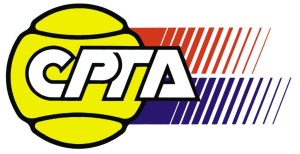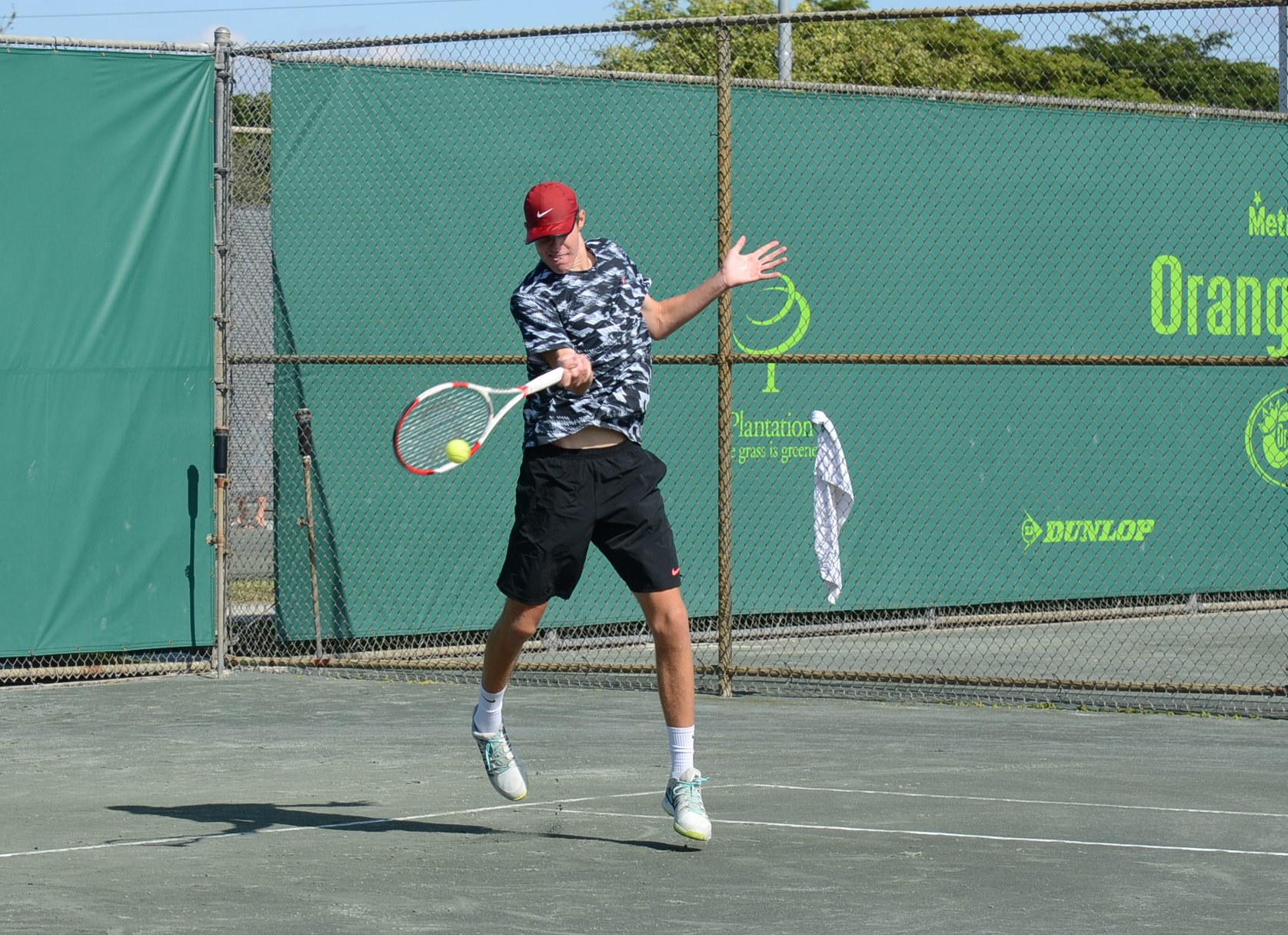
Below, I am comparing Reilley's forehands at these two above mentioned events. I am surely aware that the coordination and an exact footwork are challenging at Reilly's size, but what I am focusing at is the way how he approaches the given strokes as this gives me certain information about the mental image of the stroke in his mind. In the case of an optimal "3 Step Tennis Stroke Regulation", the player puts the priority at the creation....
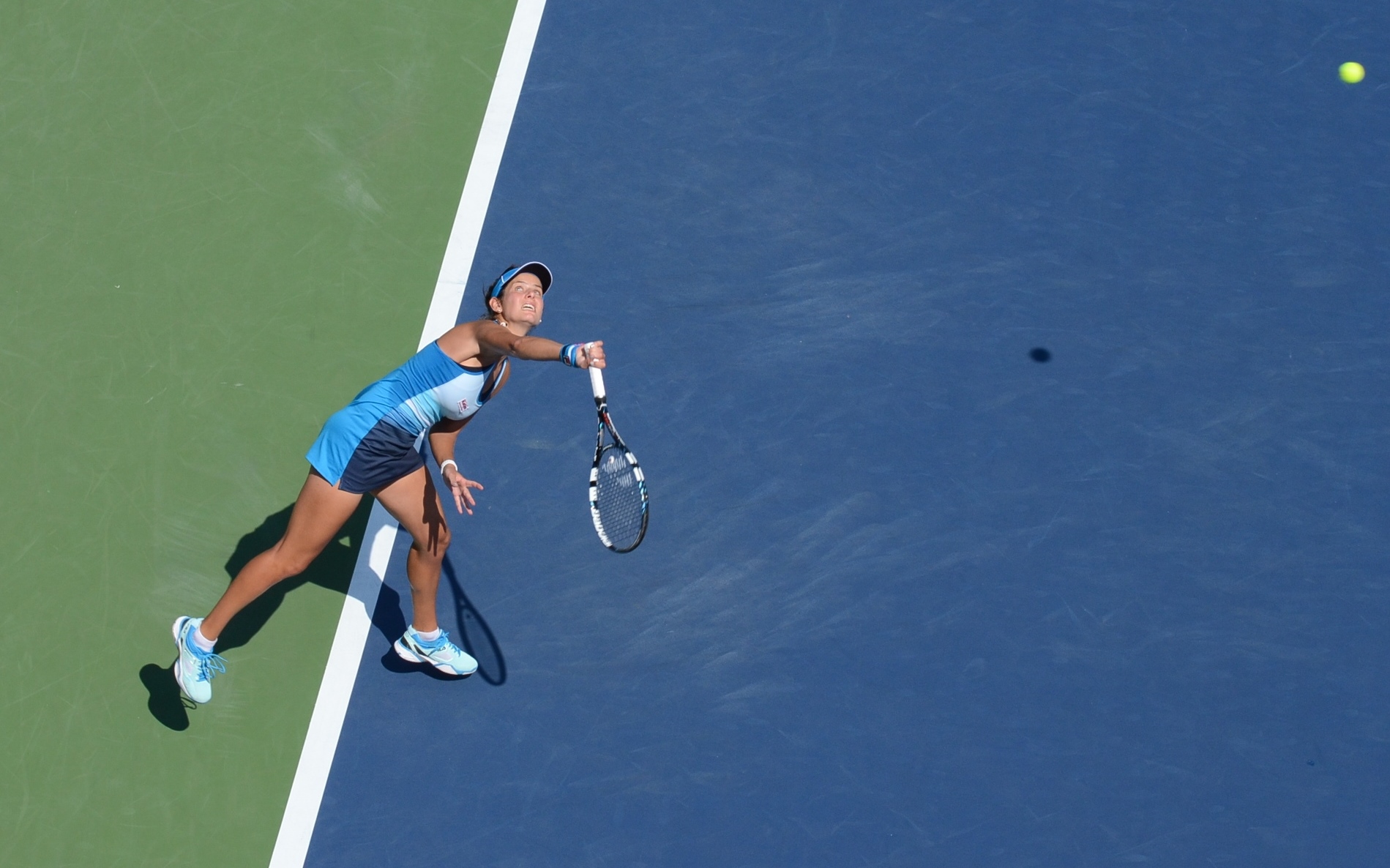
While looking at Julia's stokes, the service, despite certain rather complicated looking idiosyncratic action in the takeback, must be considered as her biggest weapon. Besides Julia's almost ideal body build with long extremities, mainly two aspects play a big role here: perfect...
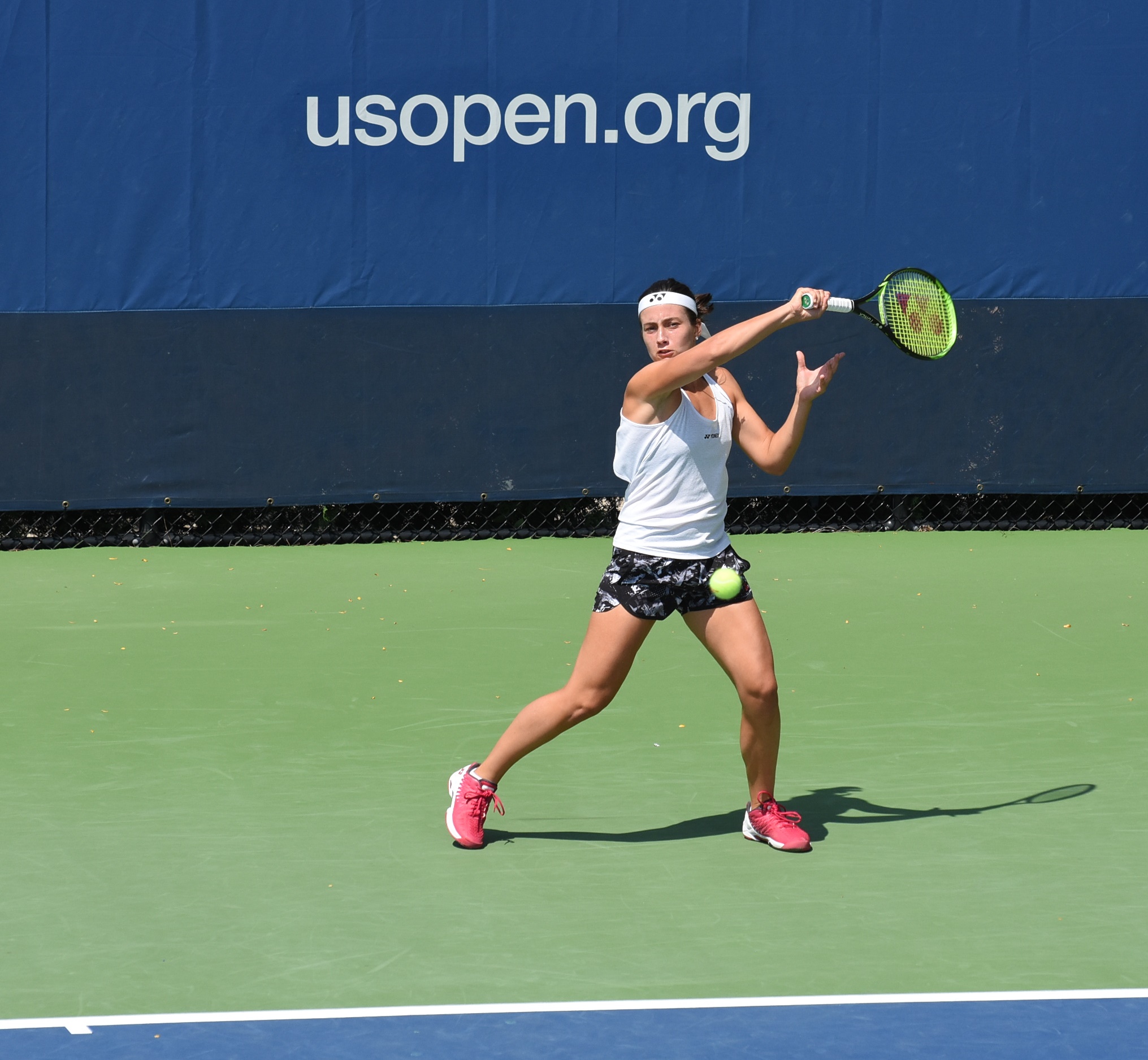
Anastasija is mainly an aggressive baseliner and forehand belongs to her main weapons. As can be seen below, she fulfills well the main TENNIS 3.0 principle, which is the body energy dominance of the strokes demonstrated by the long elbow extension away from the body against the target. Small timing details and certain stiffness (mainly in the direct stance as shown below) can sometimes partly block her....
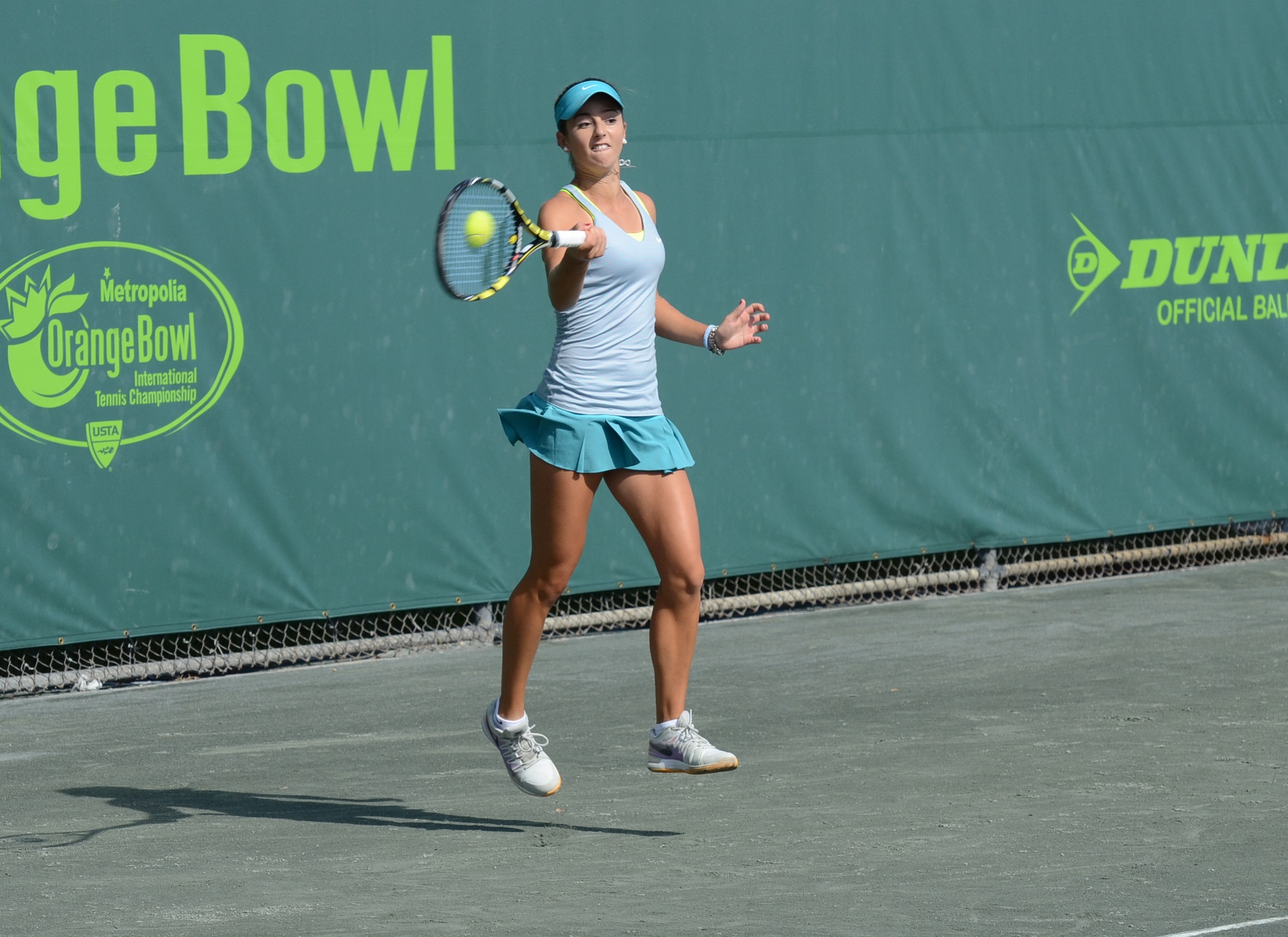
Below, I am comparing Catherine's forehand during her 3rd round match at the 2014 Orange Bowl (against Shiskina / USA - the first tie-break set was very tight there) and her forehand in a practice match against Kayla Day (USA) during the 2017 French Open. At her example is then also quite well possible to explain the certain mystery of the stances.....
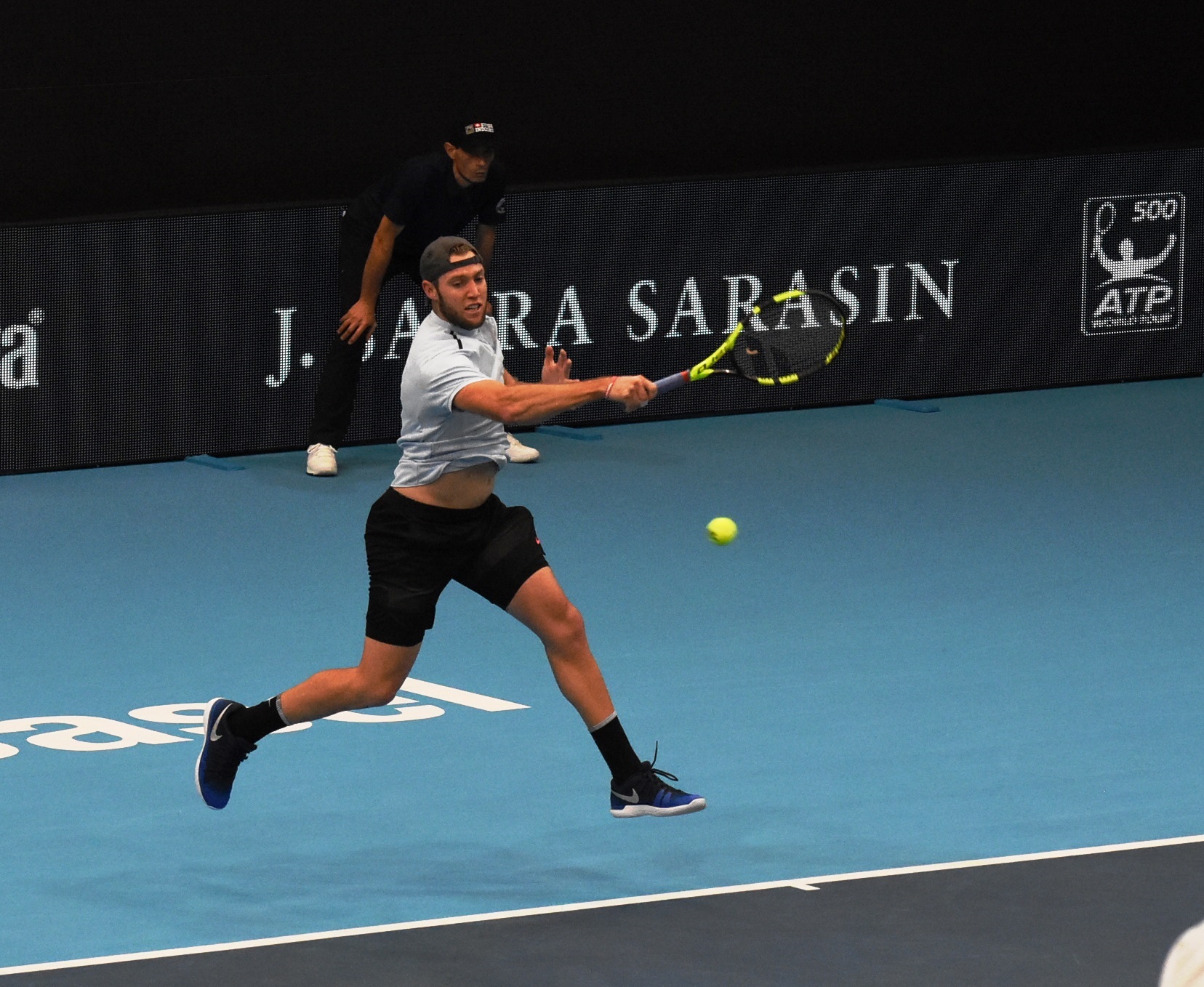
In general, Jack has mastered in both strokes the art of the close to optimal body energy unloading (=Tennis 3.0), which goes over the targeted pronation of the entire limb (long-axis pronation). This targeted pronation is possible when, among other conditions, a perfect eye control of the ball leading to optimal spacing is present. Some of the other conditions necessary...
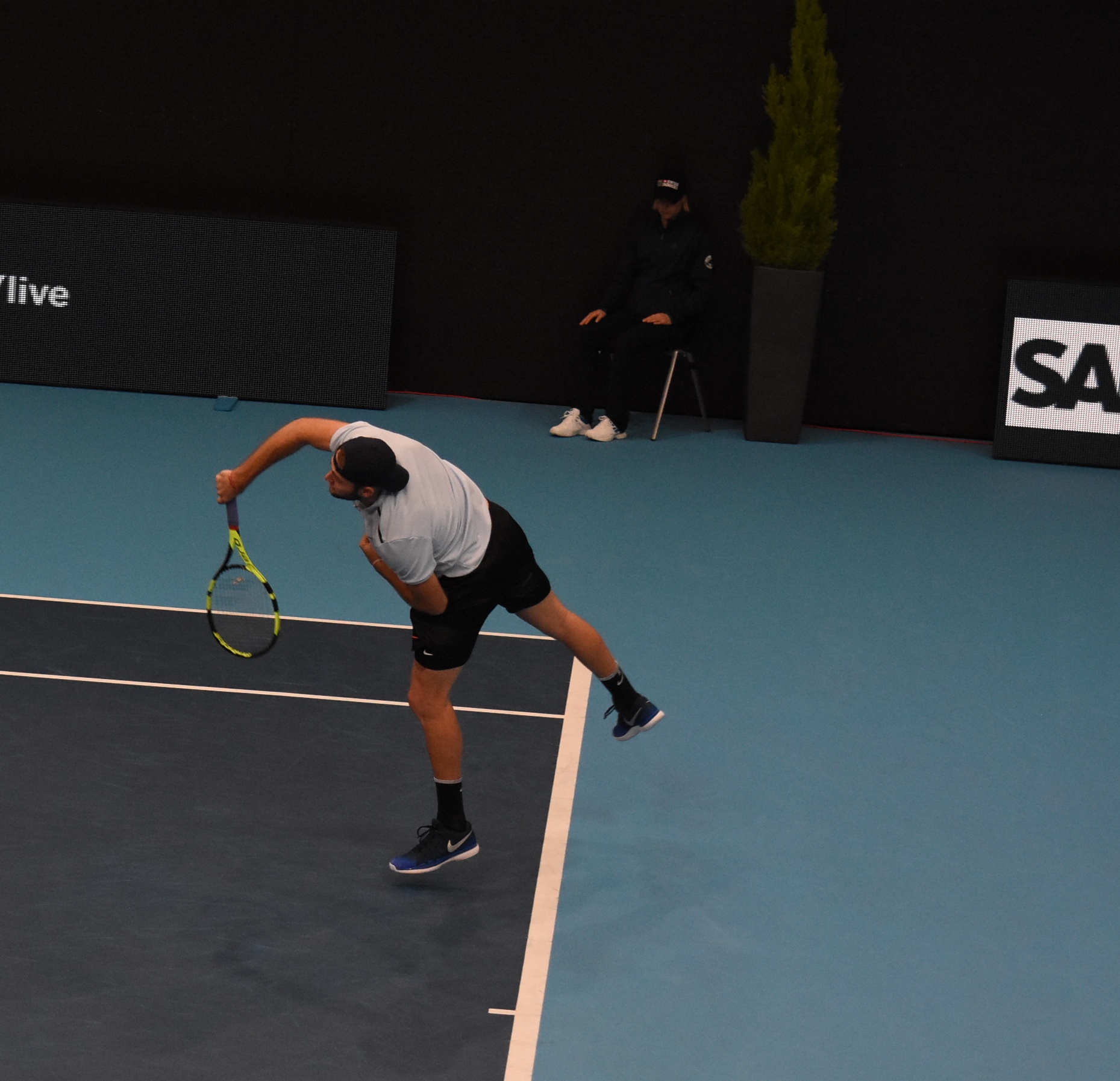
....they also made some improvements on Jack's backhand and then some serious work has been done on Jack's service, which can be considered as quite a weapon now. In this article, I would like to focus on some qualities of this "new Sock service", as he showed them at the ATP 500 tournament in Basel (SUI) few weeks ago already, just before the above mentioned Paris event....
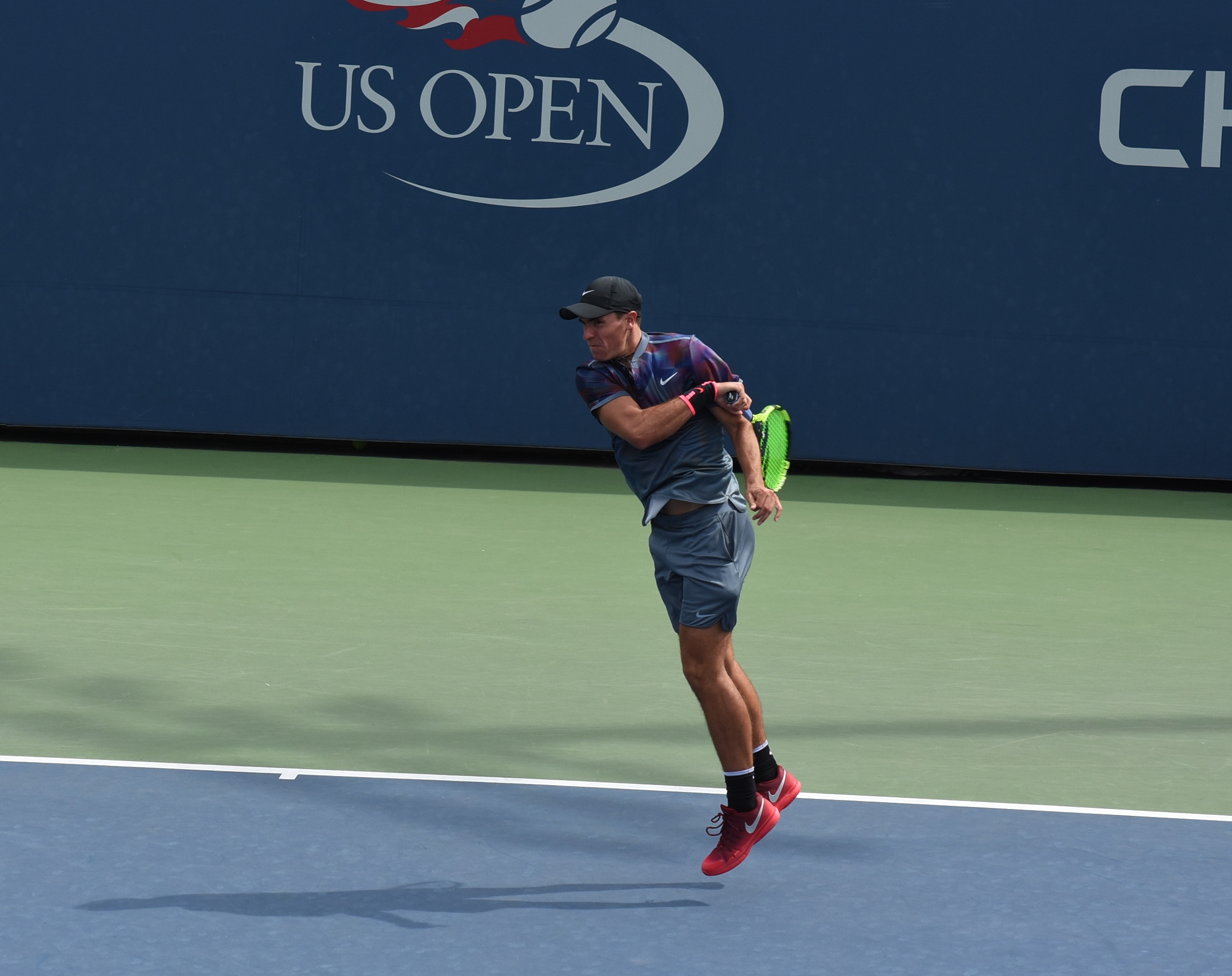
But in both cases shown here, Ernesto didn't create an optimal space to be able to throw his elbow and racket away from the body against the target and the result was in both cases just a mediocre forehand, which was not putting the opponent under significant pressure. The main reason behind the suboptimal spacing might then not be primarily in the poor footwork capacity, but much rather in...
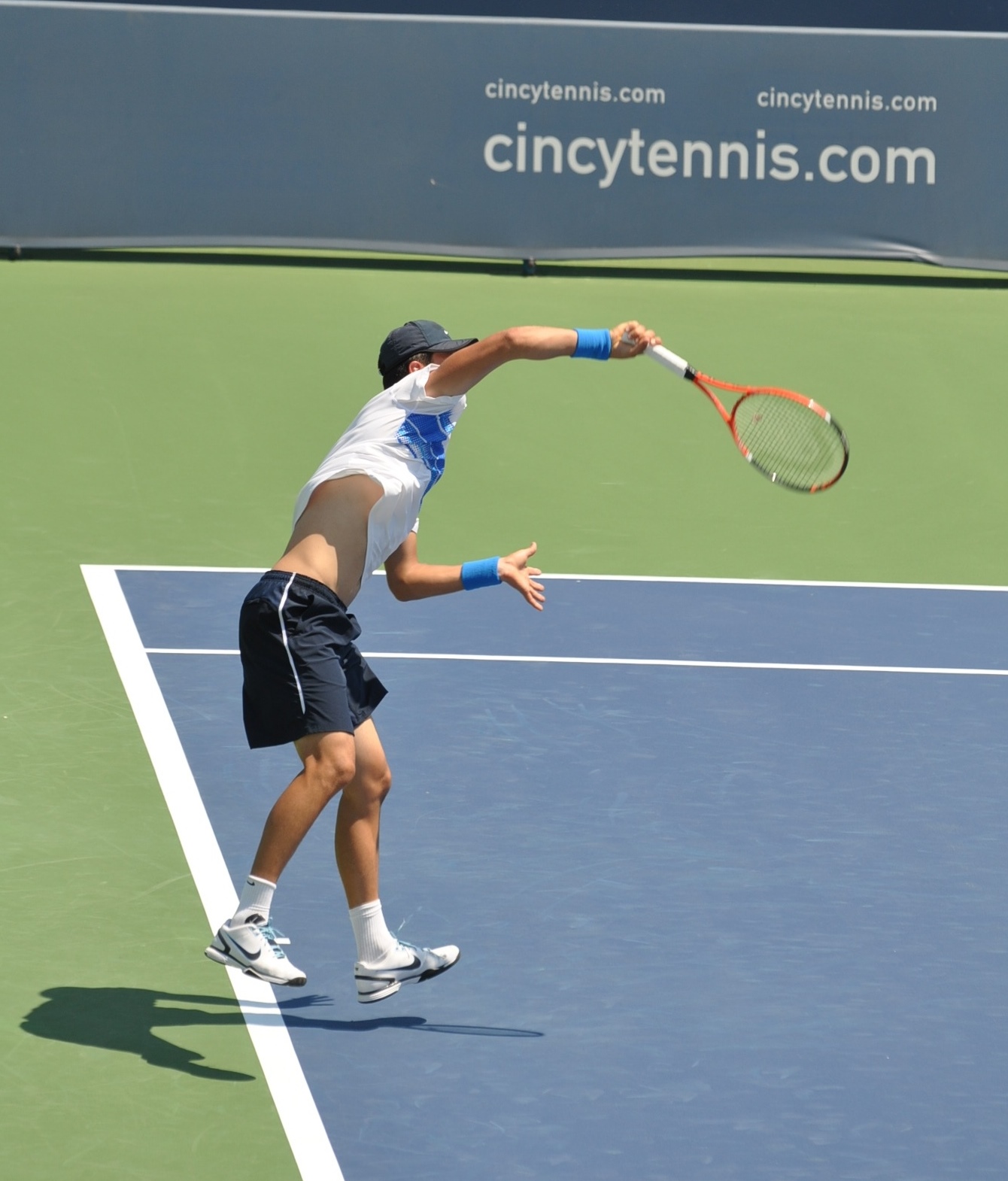
One of the biggest would be his service. At 196cm (6'5''), Bernard has quite excellent bodily parameters for a powerful service and also his service technique is, despite certain weakness in his legs and core, since years very solid. The below-presented photos are from the 2011 Masters Series tournament in..
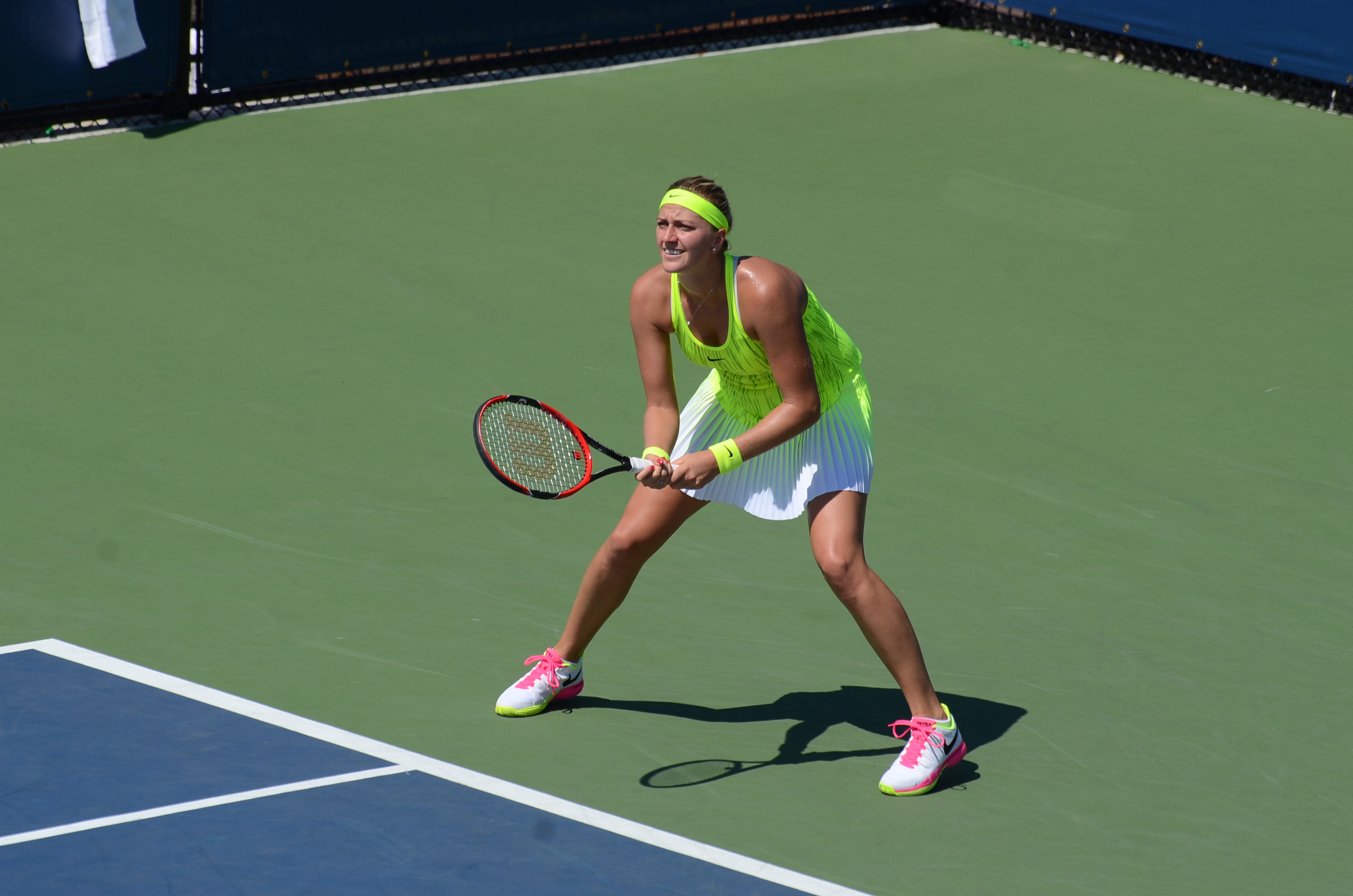
In general, being able to hit the return either in the open stance or with the stepping in leads mostly to a much more dominant return with body energy involvement than stepping across, which mostly blocks a significant amount of the body energy. The ability to dominate a high amount of the returns from the outside leg (also on the forehand side) is one of the key elements in the game of the very top players. It brings, besides the already mentioned body energy dominance, also....
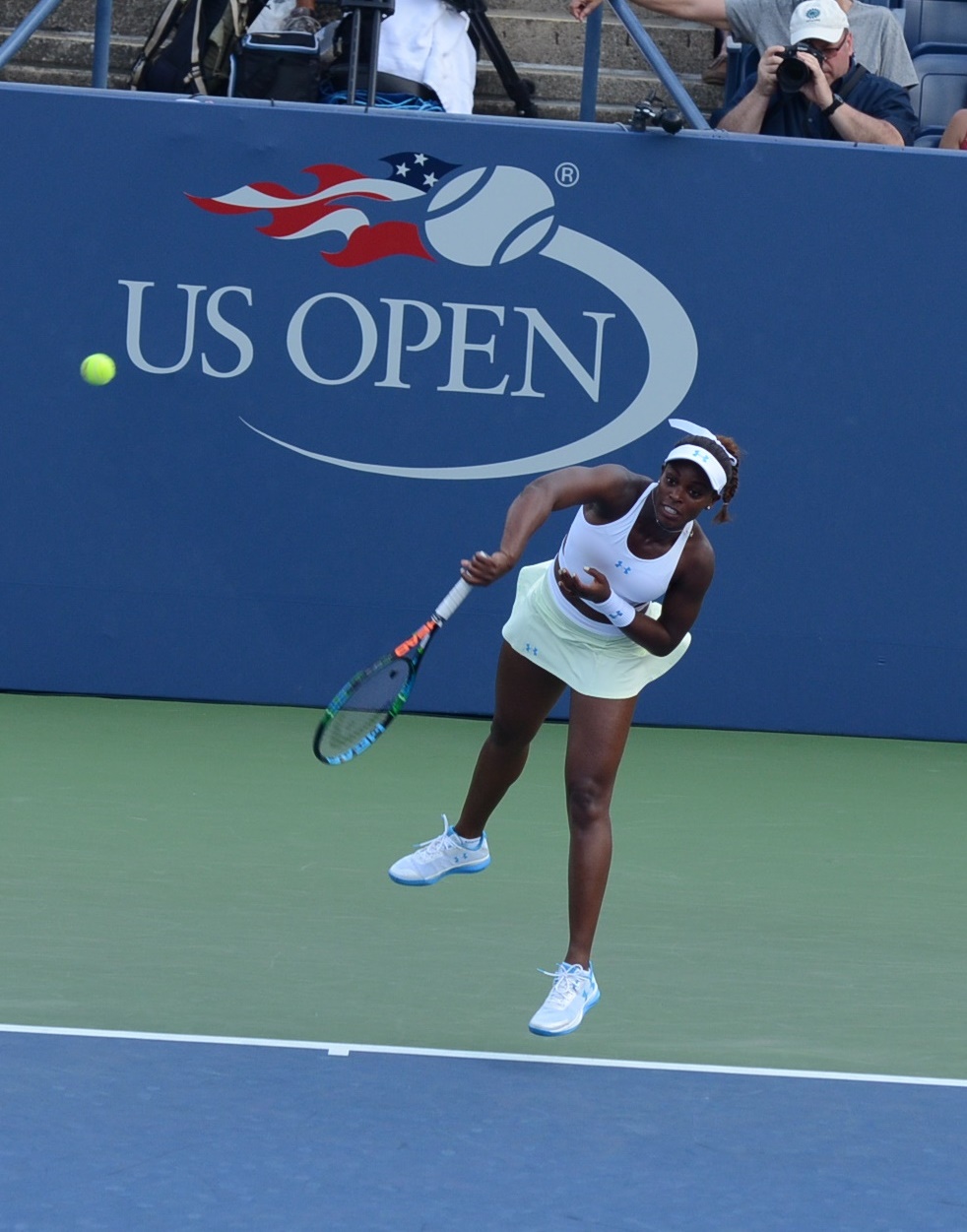
It was my real pleasure to have had the chance to work with Sloane in 2010-11 and updating her service was maybe the most enjoyable instant success of my coaching career in tennis. During our first meeting on the court in Florida in 2010, Sloane, as this is quite usual with most of the young players until today, didn't have a clear understanding about the (targeted) pronation. Following short verbal, visual and proprioceptive explanation of this motion and its key elements (including the Service 3.0 Code) from my side, Sloane wanted

